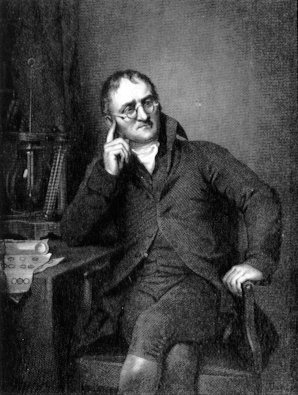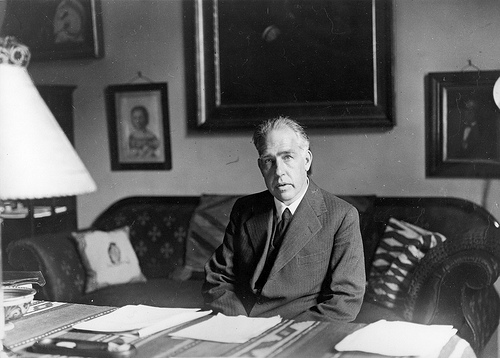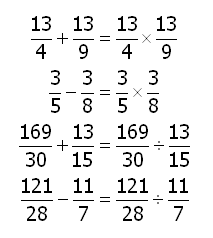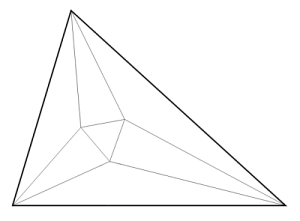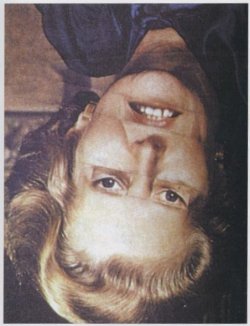What’s the key to this curious sequence of numbers?
1, 11, 21, 1211, 111221, 312211, 13112221, 1113213211, …
When read aloud, each term describes the one that precedes it. The first term consists of “one 1,” the second of “two 1s,” the third of “one 2, then one 1,” and so on.
That seems pretty arbitrary, but it opens a door into an unsuspected mathematical universe. Start with any number (except 22, an obvious dead end) and it will produce a string of digits that lengthens by about 30 percent with each generation — indeed, the percentage approaches a predictable constant (30.3577269 …) as the length approaches infinity.
More amazingly, the growing string will organize itself into a series of recognizable finite substrings that evolve predictably with each generation. John Horton Conway, who discovered all this, identified 92 such substrings, which he named after the chemical elements. Thus “uranium” (3) decays into “protactinium” (13), which becomes “thorium” (1113), and so on.
Thus an infinitely complex universe can arise from simply reading the number 1 aloud.
